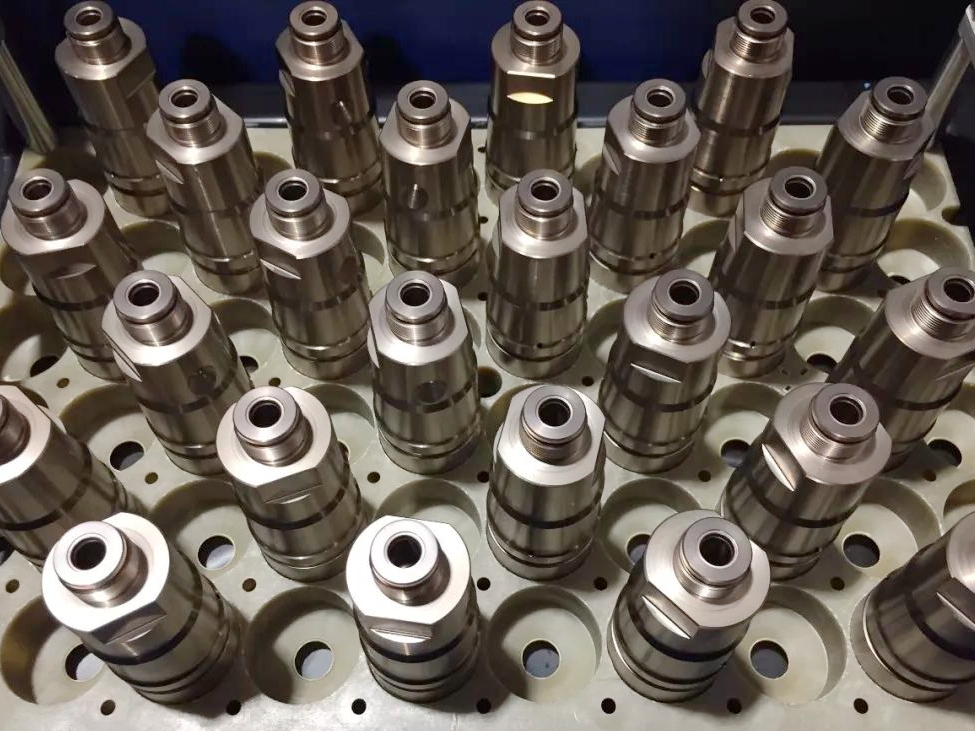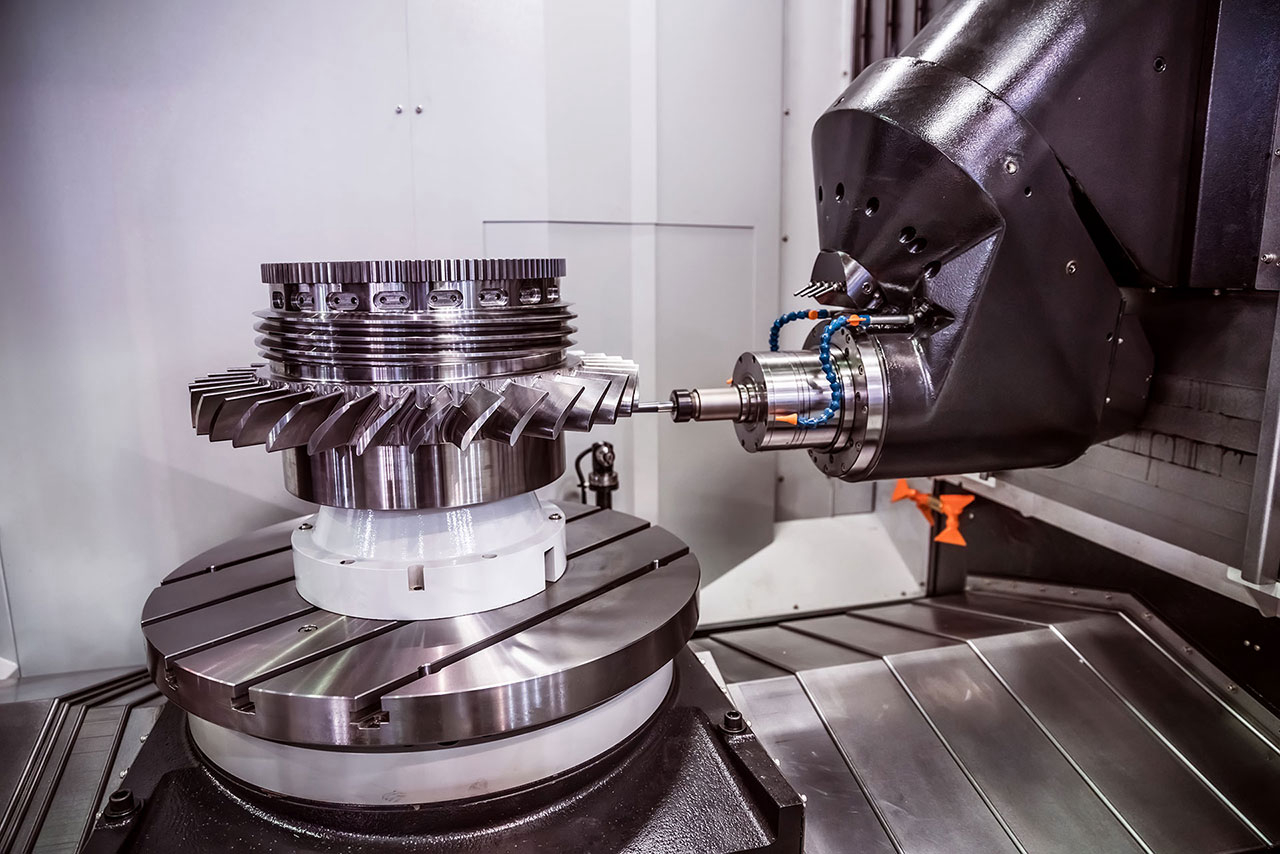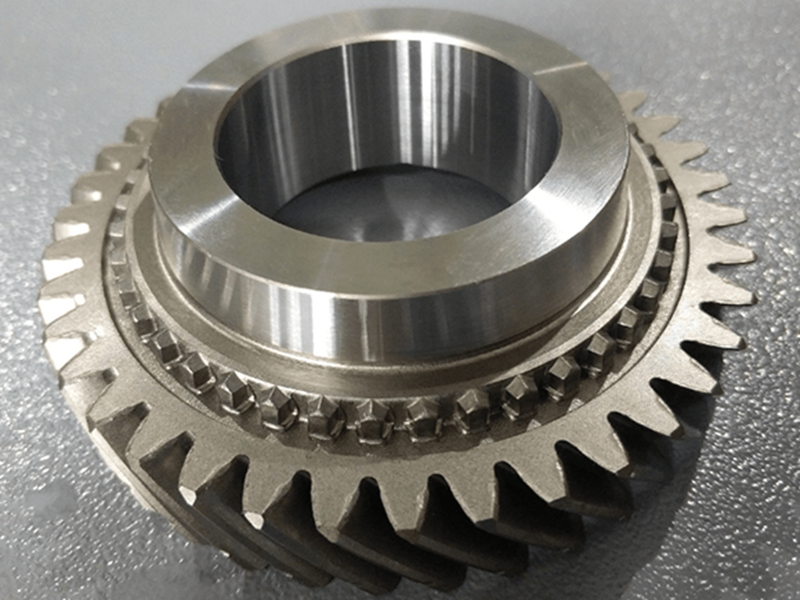How Heat Treatment Improved Mechanical Properties of 3D Printed Parts?
 3D printing is revolutionizing manufacturing by allowing the creation of complex, customized parts directly from digital designs. However, one of the challenges with 3D printed parts, especially those made from metals and polymers, is that they often lack the same mechanical properties as conventionally manufactured components. This is where heat treatment plays a crucial role. Heat treatment processes can significantly improve the mechanical properties of 3D printed parts, including strength, hardness, and fatigue resistance. In this blog, we’ll explore how heat treatment enhances the mechanical properties of 3D printed parts and why it’s essential for high-performance applications.
3D printing is revolutionizing manufacturing by allowing the creation of complex, customized parts directly from digital designs. However, one of the challenges with 3D printed parts, especially those made from metals and polymers, is that they often lack the same mechanical properties as conventionally manufactured components. This is where heat treatment plays a crucial role. Heat treatment processes can significantly improve the mechanical properties of 3D printed parts, including strength, hardness, and fatigue resistance. In this blog, we’ll explore how heat treatment enhances the mechanical properties of 3D printed parts and why it’s essential for high-performance applications.
What is Heat Treatment?
Heat treatment is a controlled process used to alter a material's physical and sometimes chemical properties, typically metals and alloys. This involves heating the material to a specific temperature, holding it at that temperature for a set period, and then cooling it in a controlled manner. Different heat treatment processes, such as annealing, quenching, tempering, or aging, can be used depending on the material and the desired properties.
For 3D printed parts, heat treatment is particularly beneficial because it helps resolve issues like internal stresses, poor material bonding, and surface roughness that can arise during the additive manufacturing process.
How Heat Treatment Improves Mechanical Properties of 3D Printed Parts
1. Relieving Internal Stresses
One of the challenges in 3D printing, especially in metal additive manufacturing methods like Direct Metal Laser Sintering (DMLS) and Selective Laser Sintering (SLS), is the formation of internal stresses. These stresses occur due to uneven cooling rates during the printing process, leading to warping, cracking, and dimensional instability.
Heat treatment processes like stress-relief annealing are used to reduce these residual stresses. By heating the part to a temperature just below its melting point and then cooling it slowly, internal stresses are relieved, which minimizes the risk of distortion and improves the part's overall structural integrity.
2. Enhancing Strength and Hardness
Heat treatment is essential for improving the strength and hardness of 3D printed metal parts. For example, in metals like Inconel 718 or titanium alloys, heat treatment can promote the formation of hard phases or precipitates that increase the material’s strength.
A process like age hardening (or precipitation hardening) involves heating the material to a specific temperature to promote the formation of fine precipitates within the material, which blocks dislocation movement, thus increasing hardness and strength. These enhanced mechanical properties are essential for parts that will undergo high-stress or high-wear applications, such as aerospace components or medical implants.
3. Improving Ductility and Toughness
While heat treatment can increase the hardness of a material, it can also improve its ductility and toughness, which are essential for parts subjected to impact or fatigue loading. For example, tempering is a heat treatment process that adjusts the balance between hardness and ductility. After quenching (rapid cooling), the part is reheated to a lower temperature to relieve brittleness while maintaining strength.
By controlling the tempering process, manufacturers can produce 3D printed parts with improved toughness and resistance to cracking under stress, critical for components exposed to dynamic loads or extreme environments.
4. Enhancing Fatigue Resistance
3D printed parts, particularly those with complex geometries or internal features, can suffer from poor fatigue resistance, limiting their lifespan in specific applications. Heat treatment improves the fatigue resistance of 3D printed parts by refining the microstructure and ensuring better material consistency.
For example, in titanium alloy parts used in aerospace or medical applications, heat treatment processes like solution annealing and aging can enhance fatigue strength by promoting a more uniform and durable microstructure. This improvement is crucial for parts undergoing repeated stress cycles over their lifespan.
5. Improving Surface Quality
Heat treatment can also improve the surface properties of 3D printed parts. After the printing process, parts often exhibit surface roughness due to the layer-by-layer deposition of material. Heat treatment processes like sintering or solution heat treatment can help smooth out surface imperfections, reduce porosity, and enhance the material's overall surface quality, which is especially important for parts used in high-precision applications such as medical implants or electronic components.
Heat Treatment Process | Effect on Mechanical Properties | Common Applications |
|---|---|---|
Stress-Relief Annealing | Reduces internal stresses and warping | Aerospace, automotive, medical devices |
Age Hardening | Increases strength and hardness | High-performance parts, turbine blades |
Tempering | Balances hardness and ductility, improves toughness | Automotive, industrial tools, medical devices |
Solution Annealing | Enhances corrosion resistance and fatigue strength | Aerospace, marine, medical implants |
Sintering | Improves surface quality and reduces porosity | Metal 3D printing, high-precision parts |
Applications of Heat-Treated 3D Printed Parts
Aerospace: Turbine blades, engine parts, and structural components require superior strength, toughness, and fatigue resistance. Heat-treated 3D printed parts meet the demanding performance requirements of the aerospace industry.
Medical Devices: Surgical instruments, implants, and prosthetics benefit from heat treatment, improving mechanical properties and biocompatibility. Heat-treated 3D printed parts can enhance strength, wear resistance, and precision.
Automotive: High-performance automotive parts like gears, valve bodies, and chassis components benefit from heat treatment, improving their wear resistance, strength, and overall longevity under stress.
Tooling and Molds: Heat-treated 3D printed molds and tooling provide increased wear resistance and durability, allowing them to handle high-volume production processes without degradation.
Conclusion
Heat treatment significantly enhances the mechanical properties of 3D printed parts by reducing internal stresses, increasing strength and hardness, improving toughness, and enhancing fatigue resistance. Whether for aerospace, medical, automotive, or tooling applications, heat-treated 3D printed parts offer improved performance and reliability, making them suitable for demanding, high-performance applications. As 3D printing technology advances, additive manufacturing and heat treatment will continue to play a pivotal role in creating complex, high-quality parts.
FAQs
How does heat treatment improve the mechanical properties of 3D printed metals?
What are the common heat treatment processes used for 3D printed parts?
Can heat treatment improve the fatigue resistance of 3D printed parts?
What industries benefit most from heat-treated 3D printed components?
How does heat treatment affect the surface quality of 3D printed parts?


